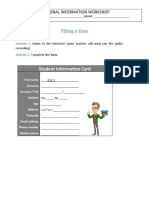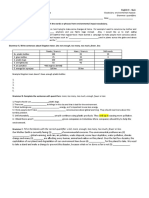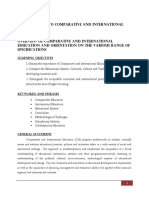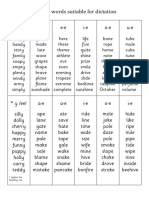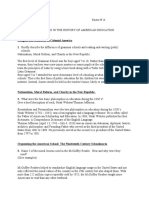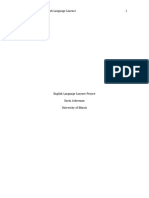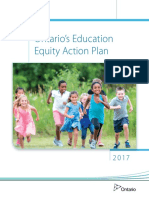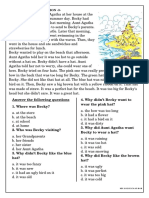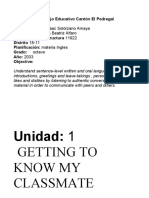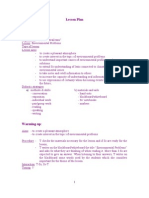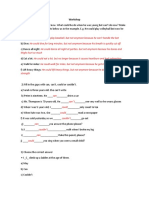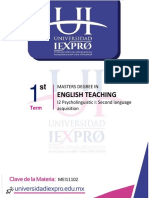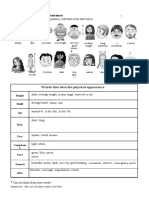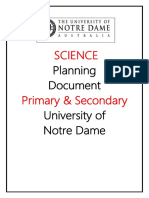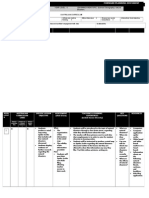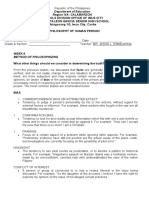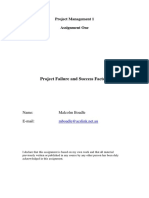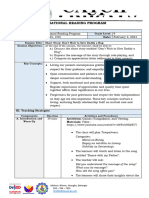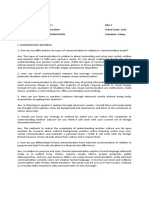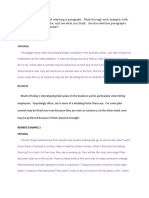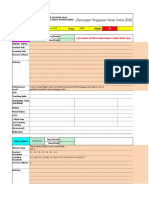Cross curricular links
Year 6 science inquiry – natural disasters
English:
Participate in and contribute to discussions, clarifying and interrogating ideas,
developing and supporting arguments, sharing and evaluating information,
experiences and opinions (ACELY1709)
Students share and discuss their thoughts and experiences of natural
disasters
Students answer questions in a small group after watching the natural
disasters video and during their science investigation
Use comprehension strategies to interpret and analyse information and ideas,
comparing content from a variety of textual sources including media and
digital texts (ACELY1713)
In small groups, students research a natural disaster and create a brainstorm
with key words relating to; floods, earthquake, tornado, tsunami or volcano
Plan, draft and publish imaginative, informative and persuasive texts,
choosing and experimenting with text structures, language features, images
and digital resources appropriate to purpose and audience(ACELY1714)
The summative assessment requires students to keep a science journal that
will contain student’s: questioning, observations, pictures, written report
Use a range of software, including word processing programs, learning new
functions as required to create texts (ACELY1717)
Students create an action plan based on one natural disaster using an iPad or
computer device. The action plans must include: a brief description of what
the disaster is, how it is caused, pictures to illustrate, people who are
involved, steps to take in case of an emergency and resources needed.
Mathematics:
Construct simple prisms and pyramids (ACMMG140)
For the earthquake experiment, students are required to come up with the
most suitable structure to withstand the jelly mould. Making the structures
� involves students making three dimensional object nets such as pyramids and
prisms.
Design and technologies:
Design, modify, follow and represent both diagrammatically, and in written
text, alternative solutions using a range of techniques, appropriate technical
terms and technology (WATPPS35)
When students are making their models, creating structures they are to reflect
on their observations and tweak certain parts of the experiment for it to work
best for the given natural disaster.
For example with the earthquake lesson, students have to build a solid
structure that won’t break or fall in the jelly, if it does they have to rebuild their
structure.
Select, and apply, safe procedures when using a variety
of components and equipment to make solutions (WATPPS36)
Throughout the five lessons of engage, students will be using different
materials/ equipment when making their natural disaster models. The teacher
will remind students of general safety precautions e.g. be careful with tooth
picks when inserting the marshmallows.
Science:
The growth and survival of living things are affected by physical conditions of
their environment (ACSSU094)
Towards the end of the natural disasters unit, students are to research how
the natural environment can be affected by a given disaster as well as how
these disasters could be mitigated.
With guidance, pose clarifying questions and make predictions about scientific
investigations (ACSIS232)
Before and after each experiment of the natural disasters, students make
predictions about their model and how it may affect the earth’s surface.
� Students will also answer and ask questions, share their observations with
other peers and find solutions.
References:
Earthquake in the Classroom. (2018). Retrieved from
https://www.youtube.com/watch?v=mMnEXukSmdg)
Interactives / Games | Disasters Downunder. (2018). Retrieved from
http://wpsdd.global2.vic.edu.au/interactivesgames/
Natural Disasters: The destructive force of Nature. (2018). Retrieved from
https://www.youtube.com/watch?v=dTxwX9g0p4c
Primary connections: Earthquake explorers. (2018). Retrieved from
http://westtorrenspartnership.edublogs.org/files/2014/03/Earthquake_
explorers_online-2e93szv.pdf
School Curriculum and Standards Authority | Home. (2018). Retrieved from
https://www.scsa.wa.edu.au/
Science For Kids - Fun Facts To Learn. (2018). Retrieved from
http://www.scienceforkidsclub.com/
Simonfilm. (2018). Natural Disasters (Science). Retrieved from
https://www.youtube.com/watch?v=85k04K_4Ja8

